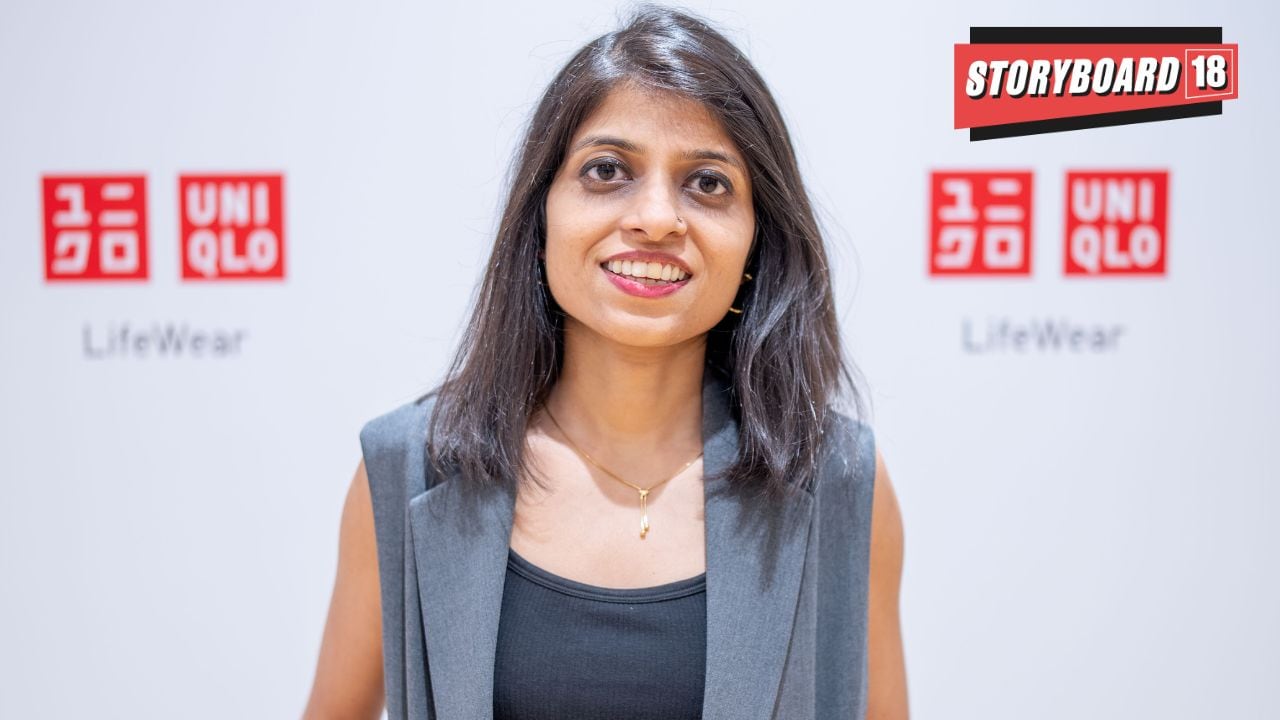With the increasing interest in K-pop, K-dramas, and anime, there has been a surge in demand for Korean and Japanese fashion in India. The influence of these two Asian fashion hubs has been notable in India over the past few years, particularly among younger, trend-conscious consumers. These cultural exports have introduced global audiences, including Indian youth, to K-style fashion characterized by minimalistic yet trendy, often experimental, clothing. The aesthetic blends streetwear, preppy looks, and feminine styles with a strong focus on layering, oversized fits, and pastel colors.
According to a report by business intelligence platform Global Growth Insights, the streetwear market was valued at $192.3 billion in 2023 and is projected to reach $199.22 billion in 2024, with further growth expected to touch $264.4 billion by 2032, exhibiting a CAGR of 3.6 percent during the forecast period (2024-2032). Another news report suggests that the streetwear market in India is expected to be worth Rs 5.3 lakh crore in 2023, while the apparel market in India is also projected to reach $105.5 billion in 2024.
Japanese fashion brand UNIQLO entered India in October 2019, with a store in Delhi’s Ambience Mall. “By the end of November, UNIQLO will have 15 stores. We are planning to open one store each in Mumbai and West Delhi,” Nidhi Rastogi, Marketing Director, UNIQLO India, told Storyboard18.
On Expansion Plans
Across India, UNIQLO currently has 13 stores, and it plans to increase that number to 15 by the end of 2024. Rastogi explained that most of the stores are in Delhi-NCR, with additional locations in Mumbai, Chandigarh, and Lucknow. “The majority of our customers are also from Delhi-NCR, as most of our stores are located there. We have two stores in Mumbai, and the third store is opening in November, making it an emerging market for us. In Delhi, we are also planning to open a new store, specifically in West Delhi,” she added.
UNIQLO entered India on October 4, 2019, with a store in Ambience, Vasant Kunj. After that, the brand expanded with two more stores in DLF Saket and Cyberhub. Post-COVID, it further expanded to Chandigarh and Lucknow. “We opened one store in Chandigarh’s Elante Mall and another in Zirakpur, which also happens to be our first highway store. Initially, we wanted to tap into the North market as we felt that most of our customers are in these areas,” Rastogi noted.
She also mentioned that UNIQLO is not available on any e-commerce marketplace. “We sell through our own website and app. Currently, 15 percent of our revenue comes from online platforms, while the rest comes from our physical stores. We have seen a CAGR growth of 59 percent in the last 5 years and were profitable in the third year of operations.”
On Changing Fashion Dynamics in India
Rastogi stated that the brand does not cater to a specific age group. “We are a very inclusive brand, offering products for everyone from 5-year-olds to 70-year-olds. We do not target a specific segment, whether teenagers or young adults. According to statistics, the majority of our customers are in the 30-45 age bracket. We often see family people, young entrepreneurs, and corporates purchasing from UNIQLO,” she said.
“This perception that women are the only ones buying fashion is completely changing. We believe that the desire to look good and dress sharp is gender-neutral. We have 50-50 SKUs for women and men. So, we don’t see a stark difference there and have almost equal share. In fact, many of our collections are unisex,” Rastogi noted.
On Marketing Strategy
UNIQLO recently partnered with Kareena Kapoor Khan and Sidharth Malhotra for their Fall 2024 campaign. The company claims to spend 50 percent of its marketing budget on digital channels, with the remaining 50 percent allocated to print, cinema, OOH (out-of-home), and in-store marketing.
“I wouldn’t be at liberty to share the exact amount we are spending, but we are creating campaigns across multiple channels, with digital being the core, as our target audience is primarily online. We are also supplementing this with newspaper ads, cinema, and in-store marketing. We’re still working on more ideas, including the use of CGI. We are exploring how we can leverage technology to create innovative content,” Rastogi explained.
